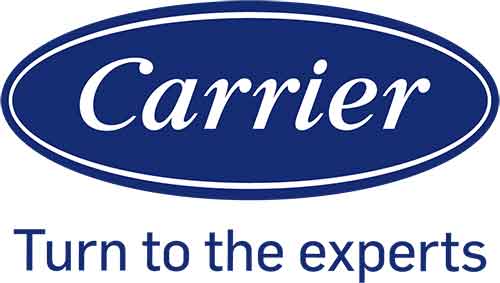The heat and humidity of Tallahassee, FL, cause you to retreat into your home for relief. Unfortunately, indoor air can be up to five times more polluted than outdoor air. Whole-home air purifiers work with your home’s heating and air conditioning system to remove particles and improve the indoor air quality. Read on to learn about their benefits and limitations.
Removal of Particulate Matter
What you don’t see certainly can hurt you when it comes to particulate matter in your home’s air. According to the Indoor Air Quality Association, particles in your home’s air are 1/10 to 1/100 the thickness of a human hair. You can’t see them, but they’re there. When you breathe the particles into your lungs, they cause inflammation and long-term damage. An air purification system captures these tiny particles.
Reduce Odors
If your home smells musty or cooking odors linger for hours, you likely have an indoor air quality problem. Many pet owners also notice that their homes smell like wet dog, or guests might walk through the front door and remark that the cat’s litter box needs to be changed. Lingering odors often result from poor ventilation, a tight building envelope, and insufficient airflow. An air purifier captures or deactivates many odor-causing particles, creating a more pleasant indoor environment.
Limitations of Whole- Home Air Purifiers
Whole- home air purifiers don’t remove every allergen, particle, or odor. You may have heard that a whole-home air purifier gets rid of germs in your home and prevents you from getting sick. This isn’t necessarily the case. While air cleaners that use UV-C light do a good job of dealing with many kinds of bacteria and viruses, some airborne germs could still be present. For optimal results, use the purifier with a quality filter and enhanced ventilation.
To learn more about the benefits and limitations of whole-home air purifiers, take a look at High Quality Heating and Air, Inc.’s indoor air quality products, or contact us for information.






